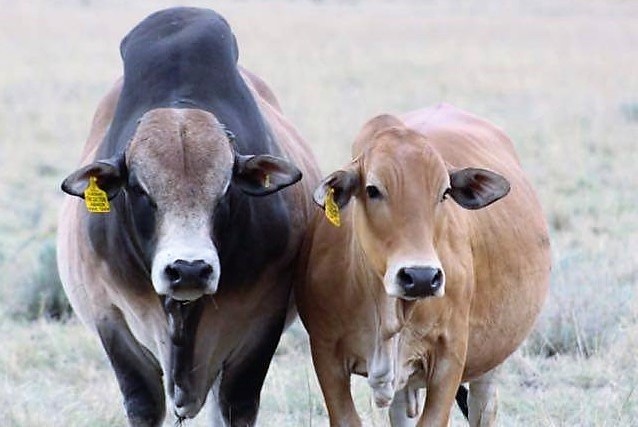
Many times in recent years I have mentioned the need for cattle that are hormonally balanced, and a few people have responded by questioning what that means. I figure it’s time for a more complete answer than I normally give.
Normally, I say a cow should look feminine and a bull should look masculine, and that they should shed off early, and exhibit resistance to flies and other pests, and above all they should be highly reproductive. It is the combination of many traits that makes cattle reproductive, not some magical gene that can be tested for and selected. As with white-tailed deer or fox squirrels, it is the fundamental “type” that God created which is highly reproductive, and that will become lost in an unnatural set of selections by man that result in an abnormal creature. This is the reproductive and hormonal issue as I discern it. It is a matter of type, and of fit and function within an ecosystem.
Many of the bits and pieces of hormonally balanced cattle were listed by Jan Bonsma many years ago in his book “Livestock Production.” Bonsma was a South African scientist who became world-renowned for his extensive and repeated measurements of cattle and his observations about what those things mean. If ever you can lay your hands on one of these books, it is worth the price. Unfortunately, they are rare these days.
However, one of his star pupils can be found in the person of Johann Zietsman, of Zimbabwe, Africa. Zietsman chose not to continue in academia and returned to the farm to apply his knowledge and learn even more. I have written many times about some of the breeding principles he uses and espouses and about his pioneering of ultra-high-density grazing.
As I was working on the material for this blog, Zietsman shared with his discussion groups a wonderful synopsis of what makes for hormonally balanced cattle. I asked his permission to share his comments and he agreed, so here they are.
“A bull should look and perform like a BULL and a cow should look and perform like a COW. The balance between sex and growth hormones, in any organism, affects the appearance and reproductive performance of that organism.
“When a bull or heifer approaches sexual maturity all the long bones in the body slow down in growth and eventually cease growing. Therefore, regardless of genetically determined frame size the sexually earlier maturing animal will always be shorter in terms of height (but not length). A bull castrated at an early age keeps growing in height for the rest of its life as there is no testosterone to effect the cessation of long bone growth (Estrogen does this in the female).
“Selection for frame size WILL result in hormonally imbalanced animals. The consequence of this was the concurrent, but fruitless, practice of selecting for scrotal circumference in males since the early 1980s.
“In all genetically fertile herds there is a very large degree of sexual dimorphism. Bulls look and act like bulls while cows look and act like cows. In nature there is no ‘political correctness.’ There is no debating sexual orientation.”
These photos and descriptions from Zietsman explain what he is seeing in the animals.
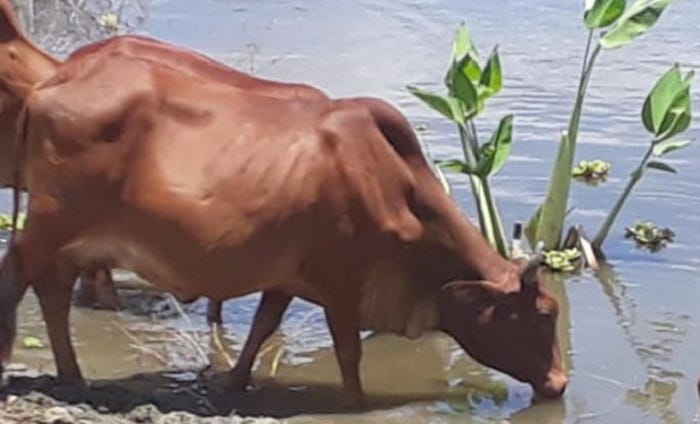
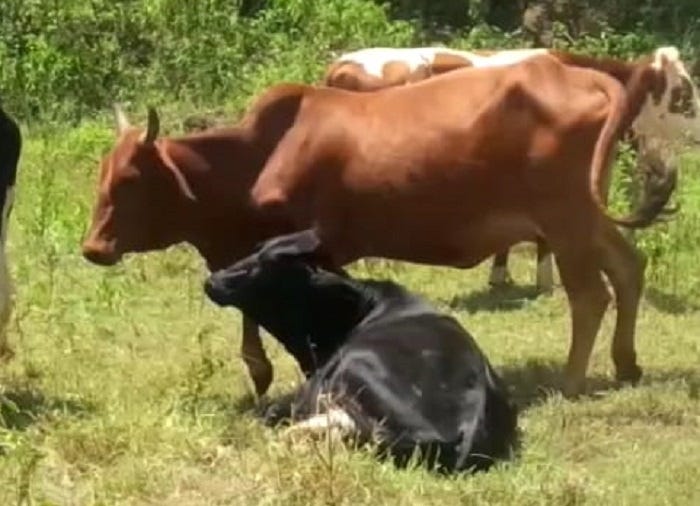
Zietsman says these cows epitomize hormonal balance and functional efficiency, and it is worthwhile to study their morphology:
• Loose and prominent shoulder blade.
• Thin neck.
• Wedge shape.
• Sloping rump for easy calving.
• Good body condition (sleek and slender) considering their function.
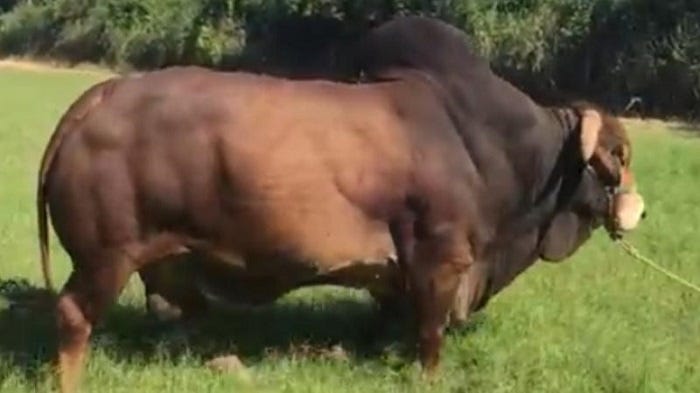
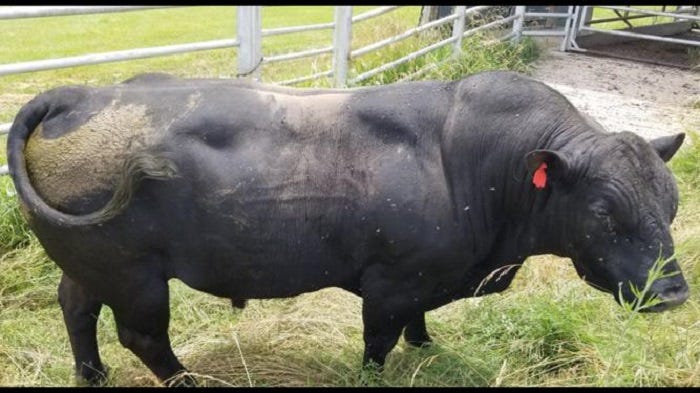
Zietsman says hormonally balanced bulls, with high testosterone levels that modify appearance and performance, have these traits:
• Muscular with defined muscling.
• High length-to-height ratio. Small-frame and high-testosterone bulls will be short and thick.
• Generally deeper through the chest than the hindquarter.
• Viewed from behind they will have the appearance of a barrel, being wider through the thigh than through the hip.
• Bulls darker than females with darker forequarters and in the lower thigh area.
• Coarse hair on the sheath and tail brush.
• Attitude.
To learn to select hormonally balanced cattle, Zietsman always tells people they will need 10,000 hours of time viewing and evaluating cattle.
The opinions of the author are not necessarily those of Beef Producer or Farm Progress.
About the Author(s)
You May Also Like




